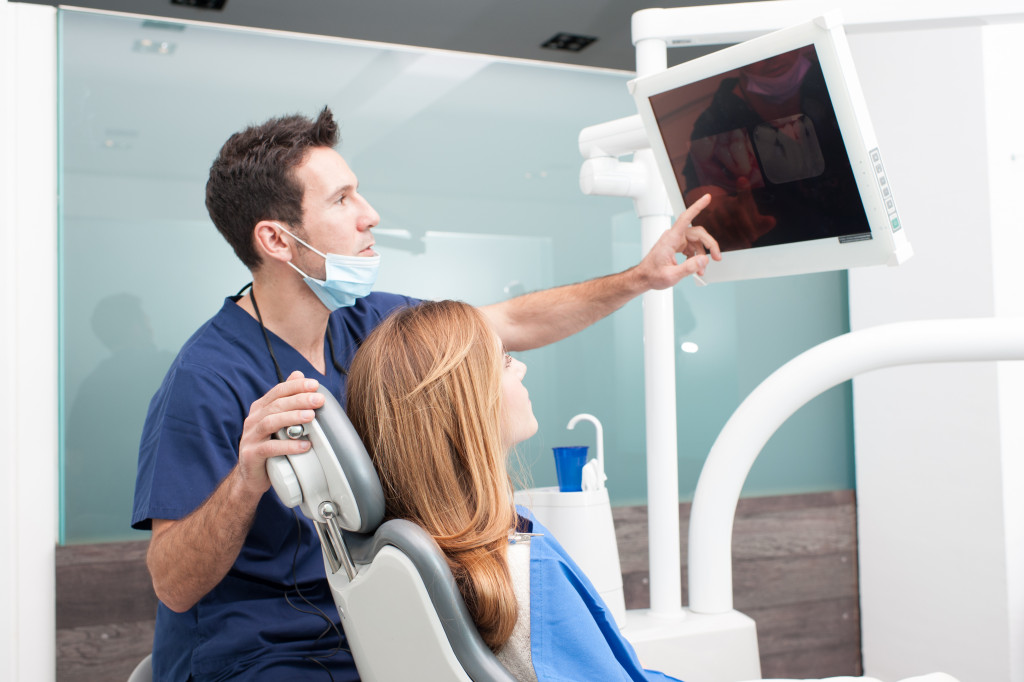New medical technology is changing the way we look at and treat diseases. From innovative gene-editing techniques to bionic body parts, doctors and scientists are constantly working on new ways to improve our health. While some of these technologies are still in the testing phase, others are already being used to treat various illnesses. So what can we expect from the future of medicine? Read on to find out!
Gene Editing
Gene editing is a new medical technology that allows doctors to modify genes to treat diseases. This technique is still in the testing phase, but it has already shown great promise for treating various illnesses. One of the biggest benefits of gene editing is that it can treat genetic disorders, which are currently difficult to cure. Gene editing can also be used to improve the effectiveness of cancer treatments.
While gene editing offers many potential benefits, there are some risks involved as well. There is always the potential for unintended consequences, and some people are concerned about the ethical implications of this technology. However, with proper oversight, gene editing can be a safe and effective way to treat diseases.
Artificial Limbs
Artificial limbs are prosthetic devices used to replace a limb that has been lost or amputated. They can be made from various materials, including plastic, metal, and silicone.
There are several different types of artificial limbs, each of which has advantages and disadvantages. Some artificial limbs are more adaptable than others and can be used for various activities. Other limbs are designed for specific tasks, such as running or swimming.
One of the main benefits of artificial limbs is that they can greatly improve the quality of life for people who have lost a limb. They can allow people to perform everyday activities without difficulty and can help them feel more confident and self-sufficient.
Bionic Body Parts
Bionic body parts are prosthetic devices that are designed to look and function like natural body parts. They can be made from various materials, including plastic, metal, and silicone.
There are many different types of bionic body parts, each of which has its own advantages and disadvantages. Some bionic body parts are more adaptable than others and can be used for various activities. Other limbs are specifically designed for specific tasks, such as running or swimming.
One of the main benefits of bionic body parts is that they can greatly improve the quality of life for people who have lost a limb. They can allow people to perform everyday activities without difficulty and can help them feel more confident and self-sufficient.
Clinical Testing for Newer Diseases
One of the areas of medical research that is seeing a lot of advancement is the study of newer diseases. With the help of new technologies, scientists are able to identify and study diseases that were previously unknown or difficult to diagnose. This is important because it allows us to develop treatments for these illnesses and improve patients’ health.
One example of a new disease studied with the help of new technology is chronic traumatic encephalopathy (CTE). This disease is caused by repeated head injuries and can lead to memory loss, confusion, and depression. However, CTE was difficult to diagnose until recently, as there was no way to detect it in living patients. There are also trials for more recent diseases, like COVID treatment clinical testing. Clinical testing is critical to developing treatments and cures for diseases, as it allows scientists to test potential treatments on humans in a controlled setting.
Cancer Treatment

Cancer is a serious illness that can be difficult to treat. However, thanks to new medical technologies, several different cancer treatments are now available. These treatments include chemotherapy, radiation therapy, and surgery.
Despite the availability of these treatments, cancer is still a major killer. However, we may eventually find a cure for cancer with continued research and development. In the meantime, new medical technologies are helping us to better understand and treat this disease.
Clinical Trials
Clinical trials are research studies conducted to test the safety and effectiveness of new medical technologies. These studies are typically conducted on a small number of volunteers, and the results are then analyzed in order to determine whether or not the technology is safe and effective.
Clinical trials are an important part of the development process for new medical technologies. They help to ensure that new treatments are safe and effective before they are made available to the general public.
Conclusion
Medical technology is constantly developing, and it has the potential to change our lives for the better. These new technologies are helping doctors provide treatments that weren’t possible before, and they have also helped scientists study newer diseases.

